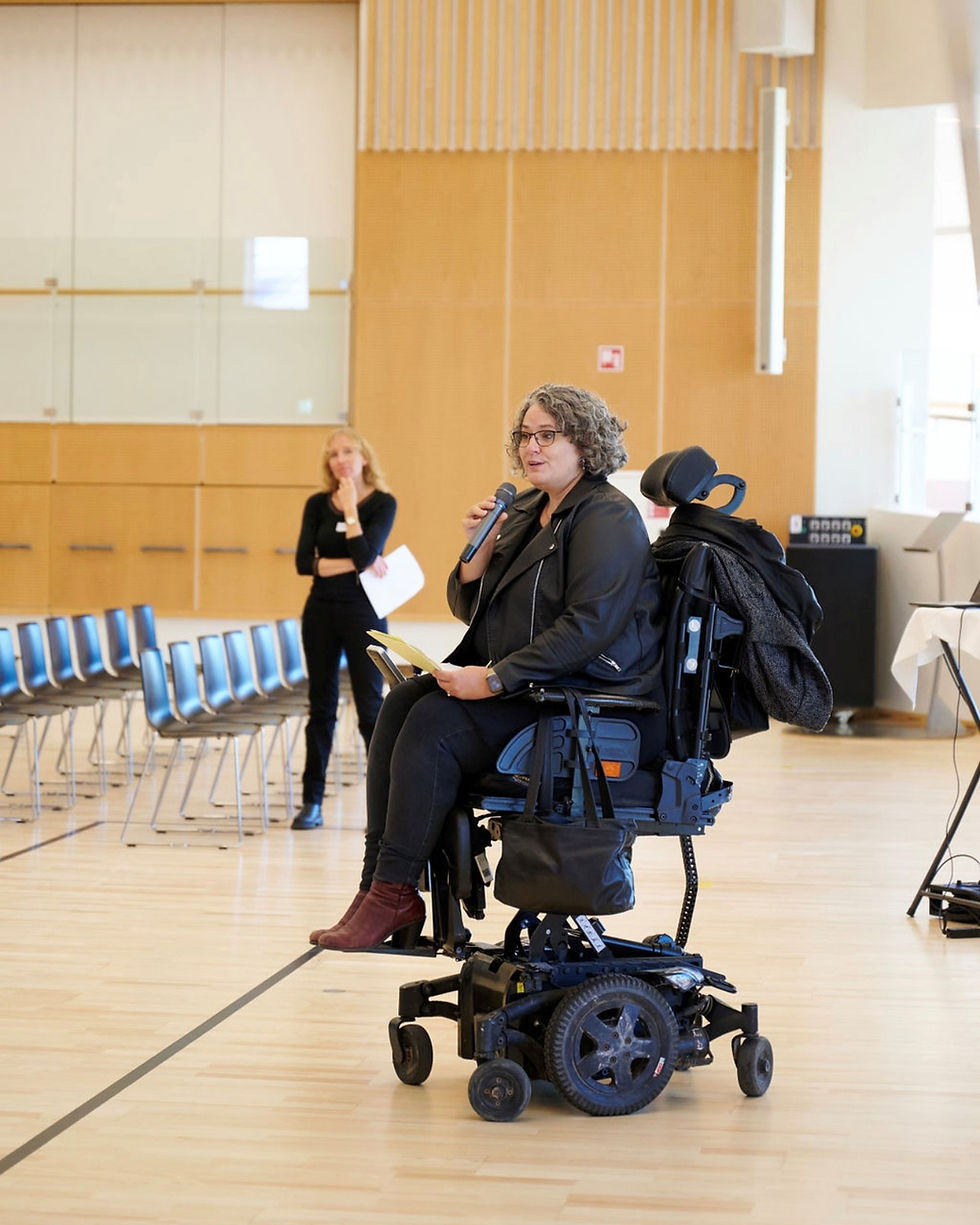Local and regional elections
- The International
- Sep 2, 2021
- 3 min read

Part 1: Learning about the local council
Photograph: iStock
Text: Narcis George Matache
Do you remember your first payslip in Denmark? The tax you paid on your salary? Well, most of that money went into the local budget. Who decides on how to use the local budget? The local council. Depending on the municipality you live in, you pay a certain level of "kommuneskat" (municipality tax) on your income (it can be between 22,5% and 27,8%). Who decides on the municipality tax percentage? You guessed it right, the local council. Unlike most countries in the world, the local government in Denmark has tremendous power over your daily life. Why? Because Danish democracy is about making decisions on behalf of citizens and with as many people involved as possible.
As the campaign leader of a local candidate in 2012, I had the chance to observe and understand the power of the local council. Even more so, when three ideas we scribbled down one evening became a reality a year later. That experience confirmed to me that Danish local politics favour ideas, organisations and candidates who aren't afraid to lobby for them. This means that every time the local budget is discussed, some groups in society will win while others will lose. The groups that organised and ensured they have a representative in the local council will be on the winning side.
There can be between 9 and 31 local council members, depending on the municipality's population size and the local council decision (except Copenhagen, which has 55). A local councilman is a part-time representative (that does this work alongside their job) who specialises (usually) in two areas of local competence. Among the local councilmen, there are a few that are full-time politicians (the mayor "borgmester" and the 3 to 6 alderman "rådman"). In most cases, the local councilmen with the most personal votes obtain the full-time positions.
The local council is responsible for the care your children receive from "vuggestue" to the end of "folkeskole", care your grandparents receive in the retirement home, and the unemployment / social assistance you receive when you struggle between jobs. Not only that, but the local council is also responsible for helping local businesses thrive, managing the local infrastructure, integrating newcomers, providing support for culture and leisure activities, attracting tourists, protecting the local nature and ensuring you have access to water, heat, the sewage system and waste collection.
Denmark is divided into 98 municipalities, "kommuner". At the national level, the interest of the 98 local governments is represented by the association KL (Local Government Denmark). KL safeguards the municipalities interests within political, financial and administrative areas and functions as the spokesperson for the local authorities such as the Danish parliament, government, central governmental administration, the EU, other interest organisations and media.
How can you influence the local council?
You can speak with your local representatives – check your municipality website under the section "Politik" – there, you will find their contact information.
You can participate in local consultations ("høring") and citizen meetings ("borgermøder") – where you can give your opinion regarding a development project or a change in local services.
You can go to the local council meetings or watch them online.
You can join the local committee (representing your district or neighbourhood concerning the local council).
You can vote and ensure your group (by that, I mean people that share an interest) has a representative in the local council.









